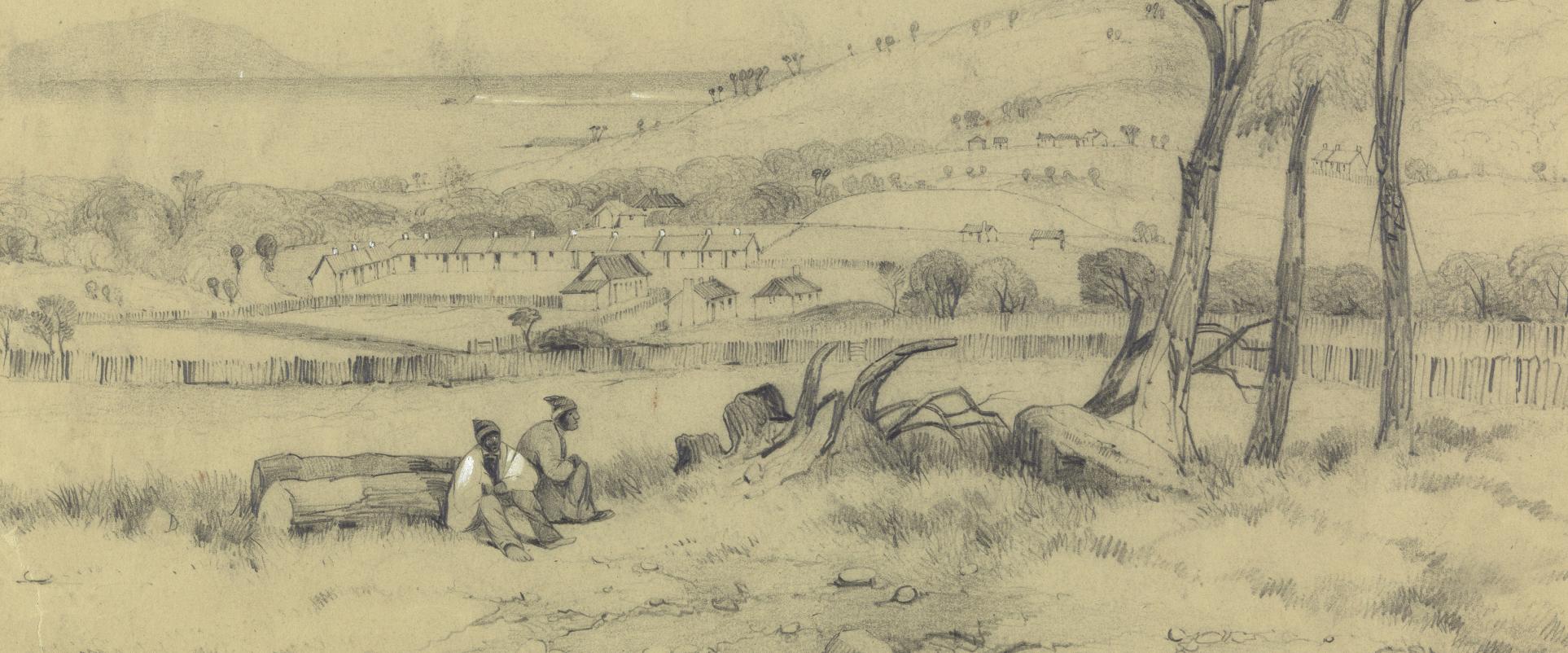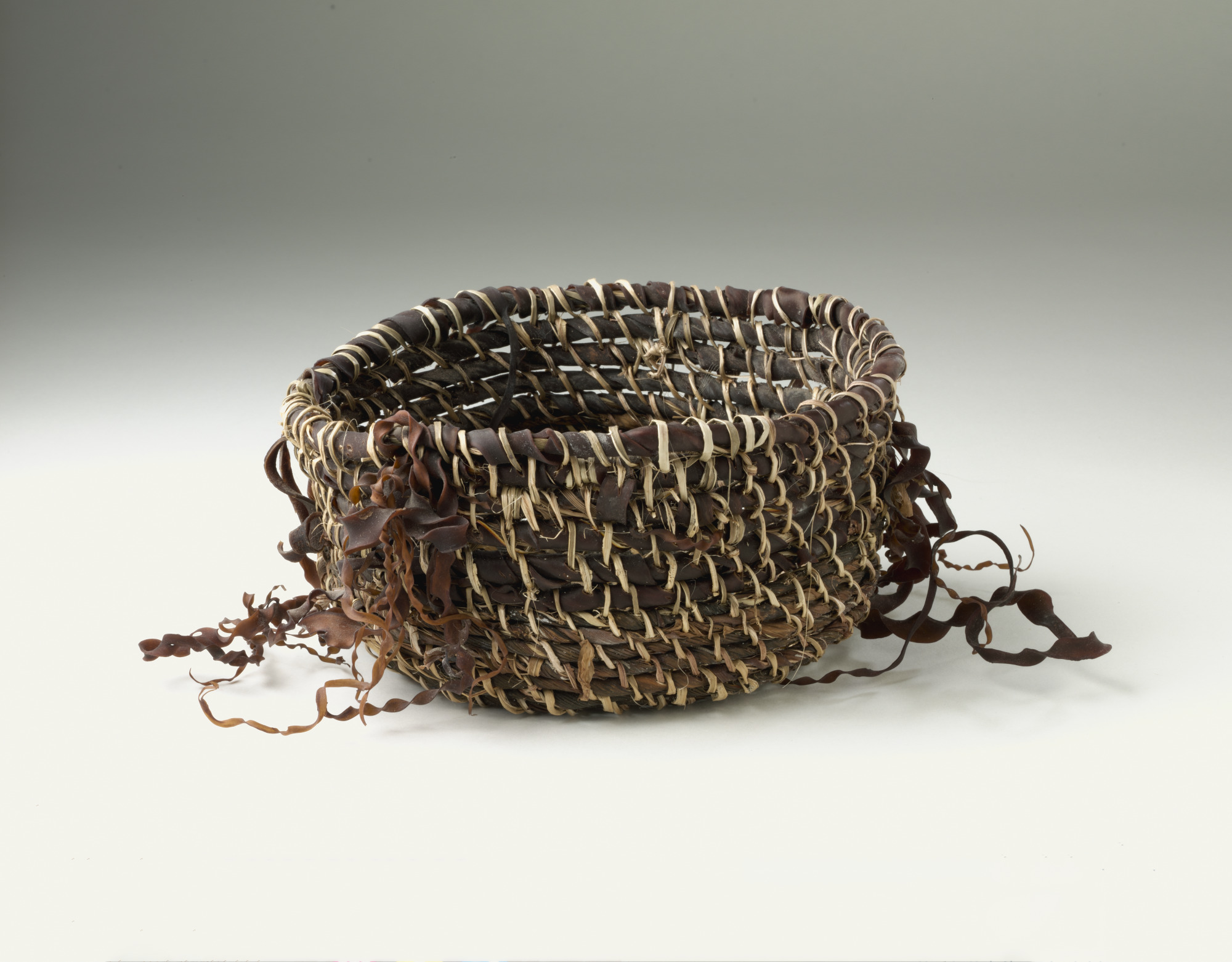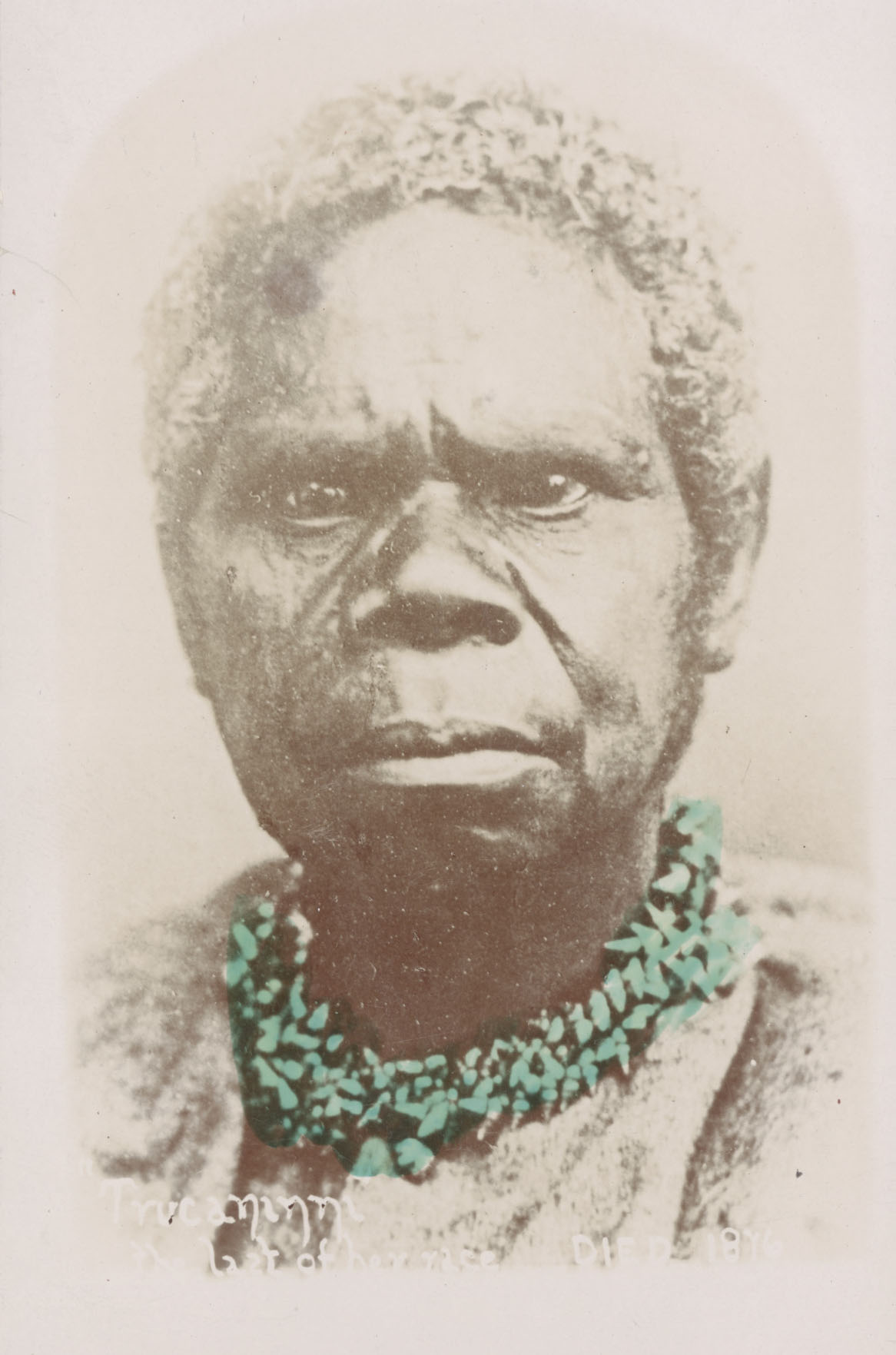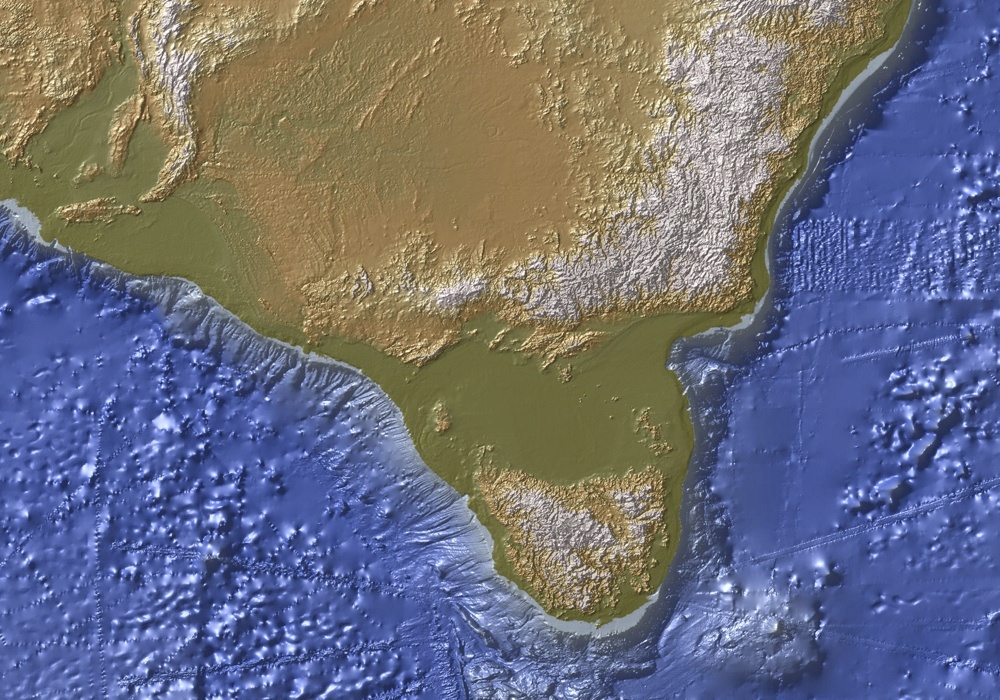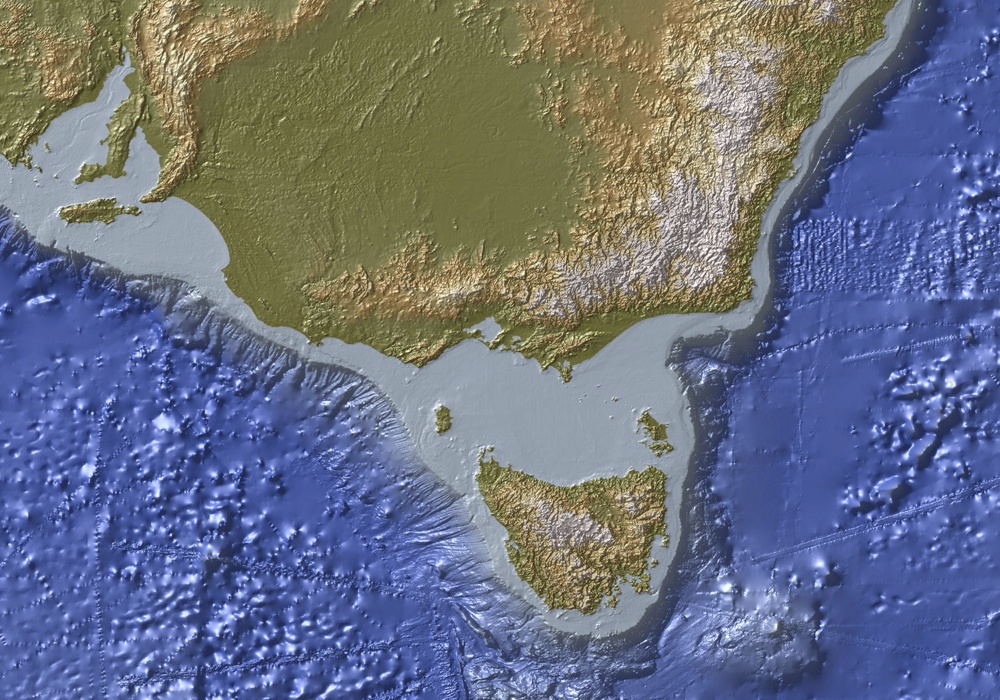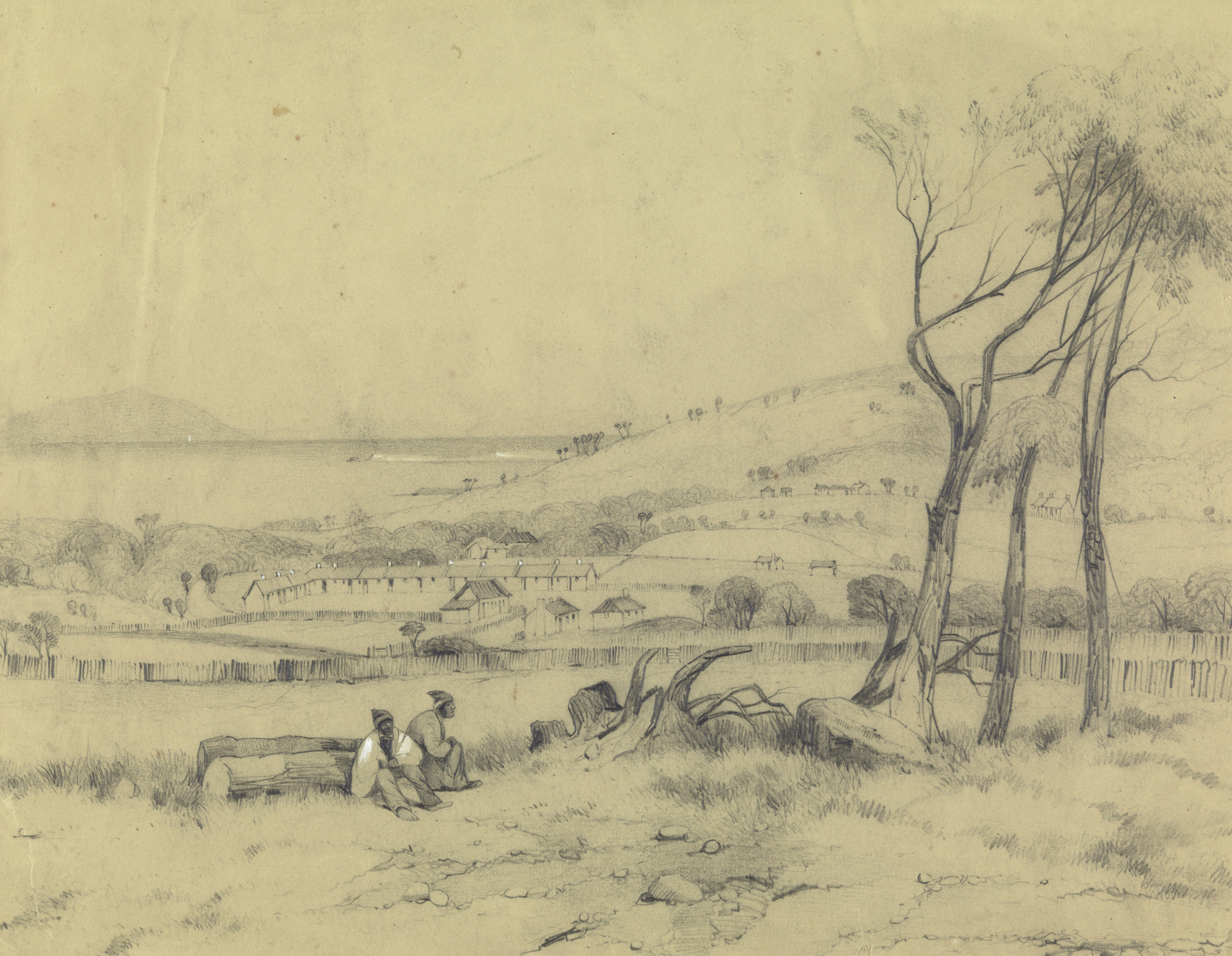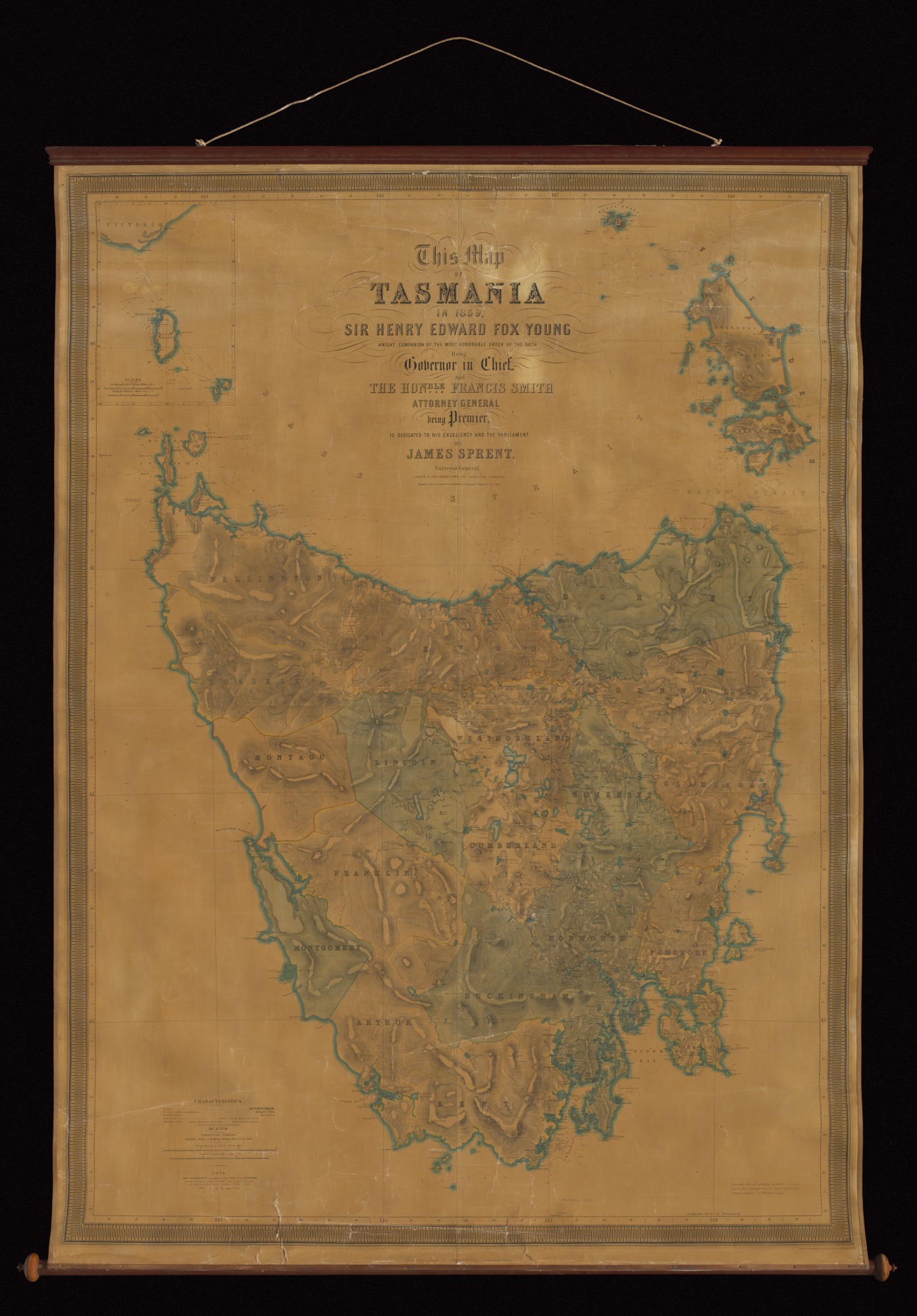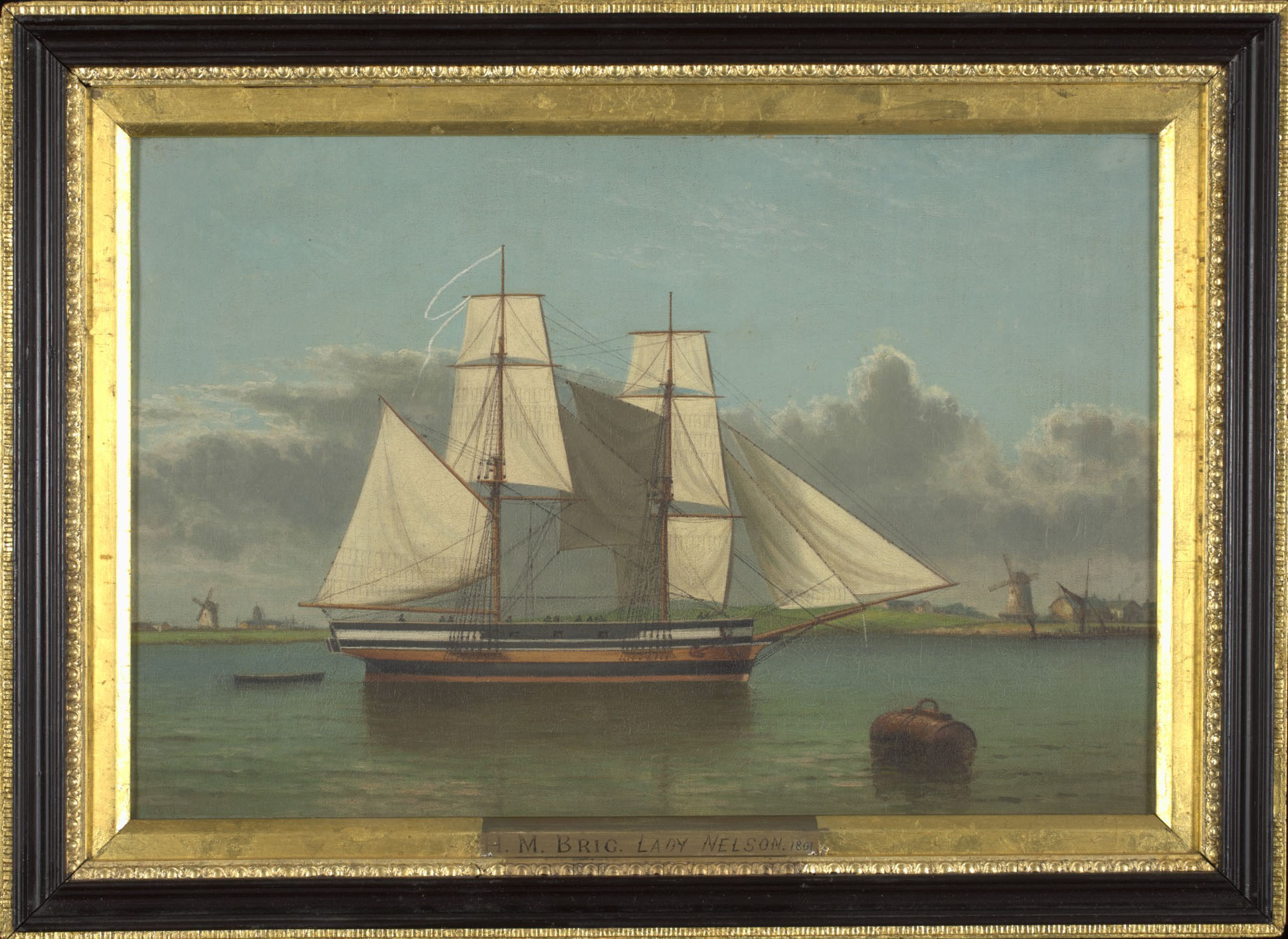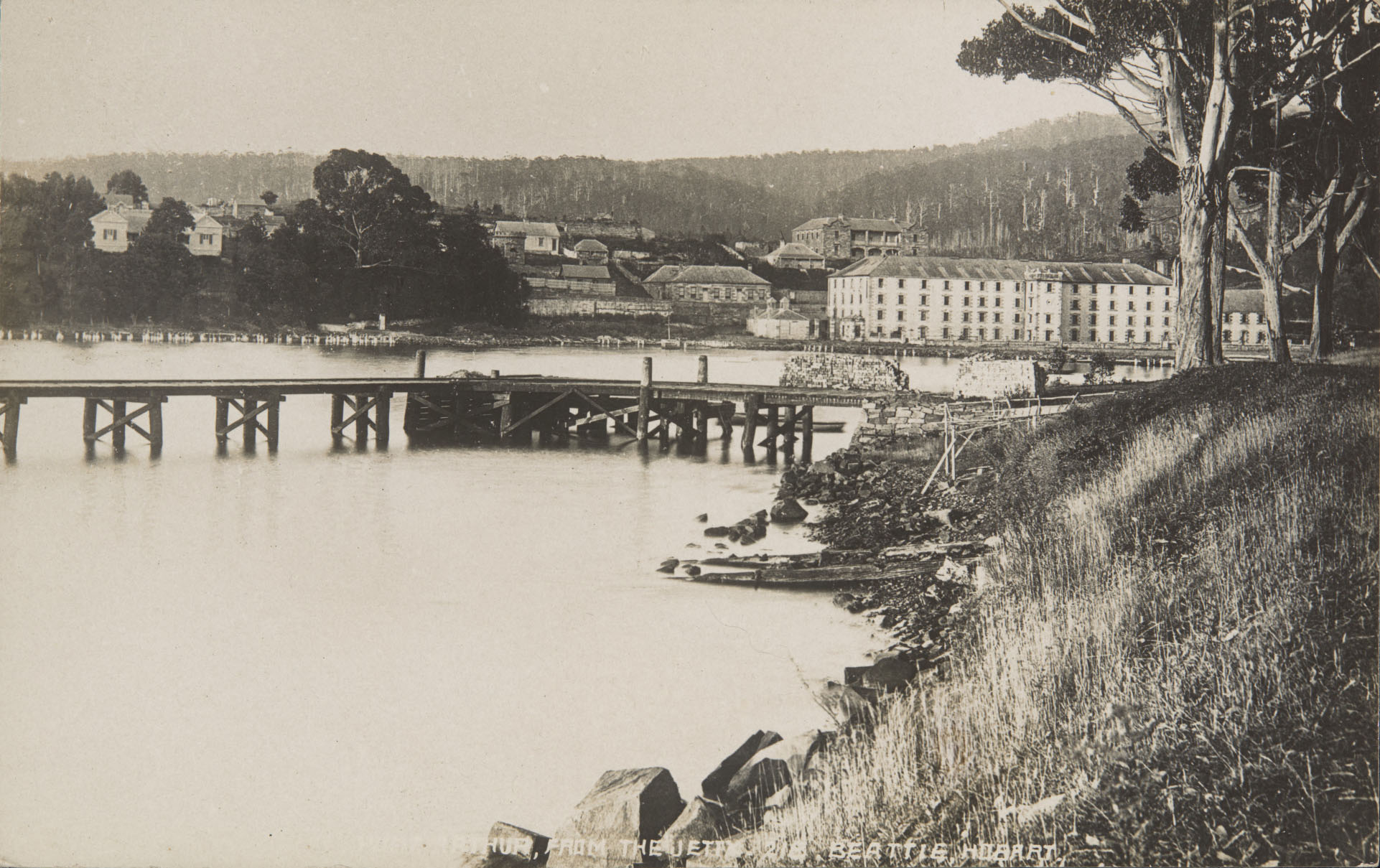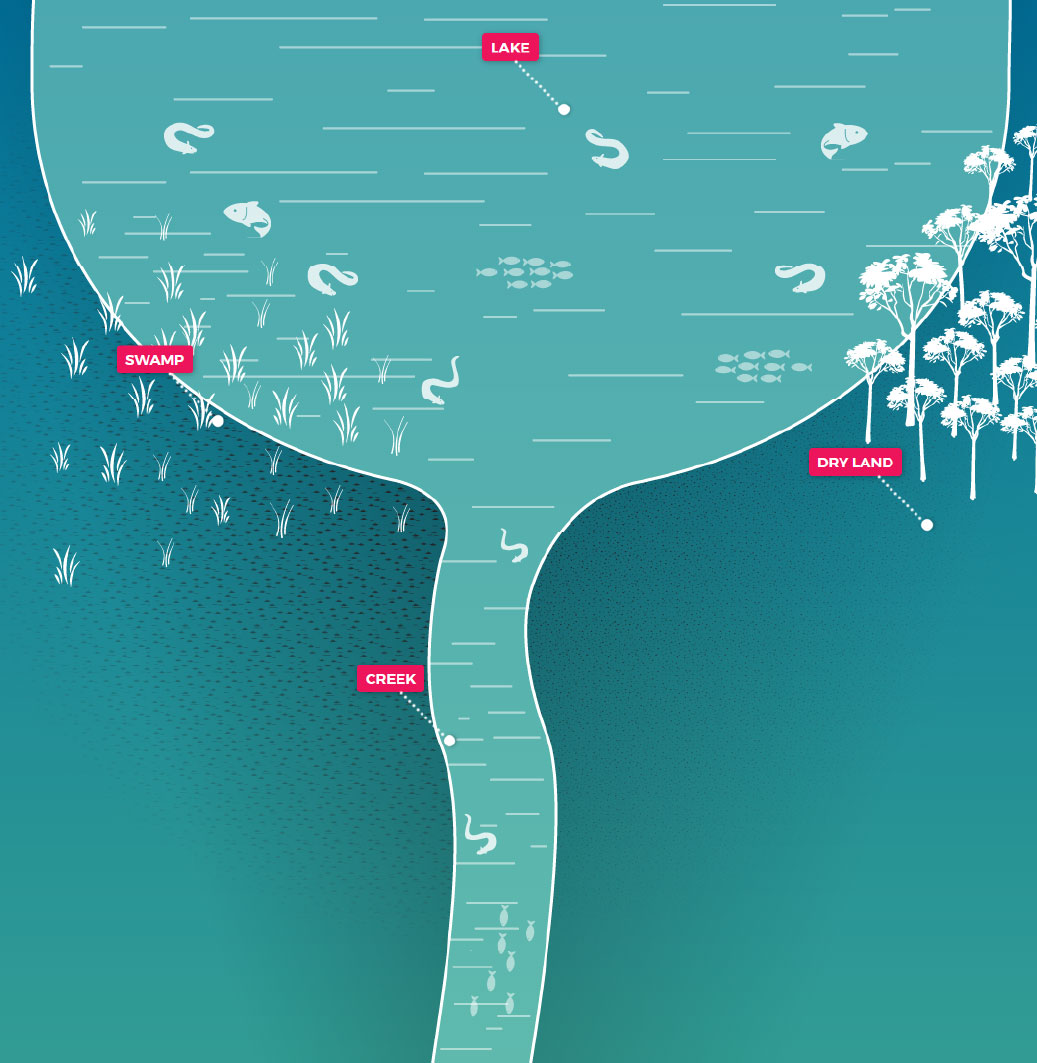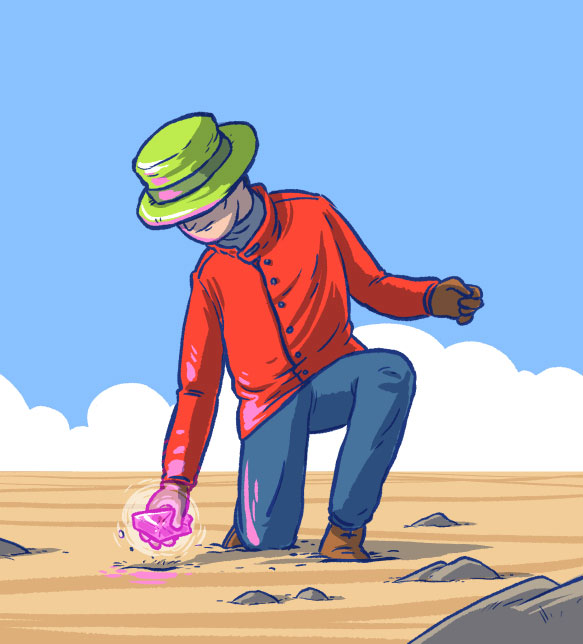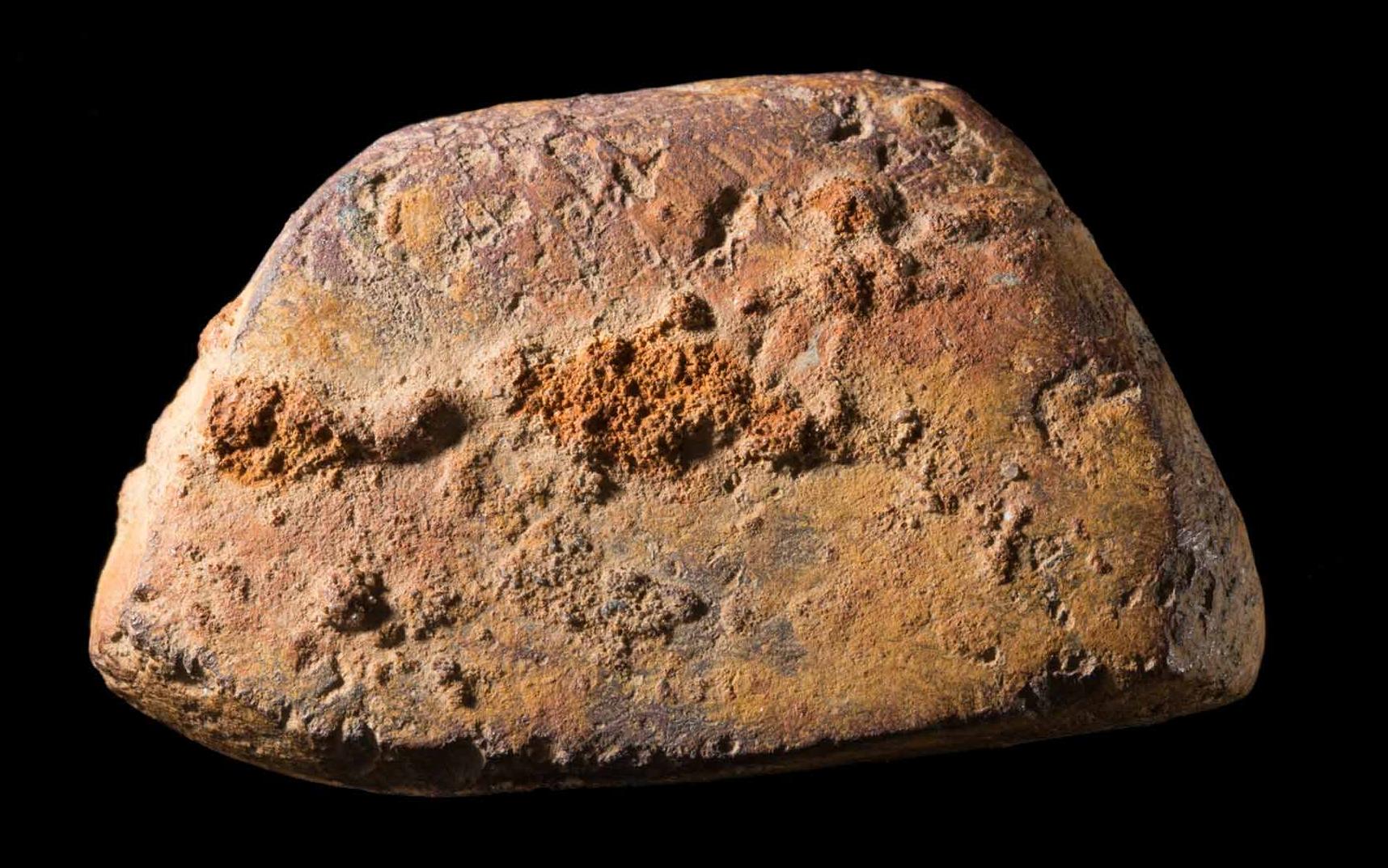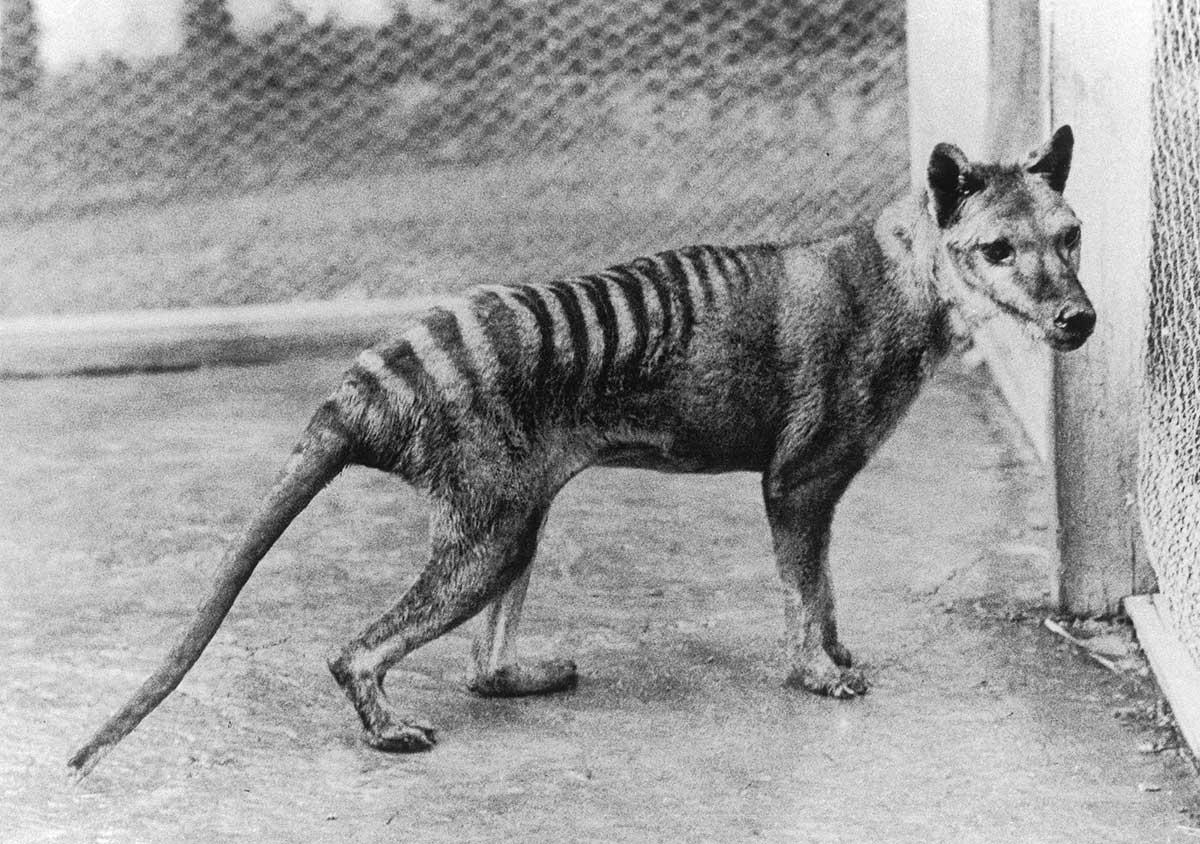An isolated island
About 12,000 years ago: Sea level rises, separating Tasmania from the mainland
An isolated island
About 12,000 years ago: Sea level rises, separating Tasmania from the mainland
In a snapshot
Tasmania was connected to mainland Australia by a land bridge for thousands of years. This allowed the Aboriginal peoples who lived in these regions to travel back and forth. About 12,000 years ago, sea levels rose and separated Tasmania from the Australian mainland. Because of this, the Aboriginal peoples of Tasmania could no longer travel between Tasmania and Victoria.

 Can you find out?
Can you find out?
1. How were Aboriginal peoples able to travel between what we now call Victoria and Tasmania?
2. Why were convicts sent to Van Diemen’s Land?
3. What was the impact of colonisation on Tasmania’s Aboriginal people?
How did Tasmania become an island?
Tasmania was and continues to be known as lutriwita and truwana by the Aboriginal peoples who live there.
The first people arrived in Tasmania on foot around 40,000 years ago. They could travel this way because, for tens of thousands of years, Tasmania and Victoria were connected by a land bridge. Now Bass Strait separates the two.
About 30,000 years ago an ice age began. A lot of seawater froze in ice sheets and glaciers, and sea levels dropped by about 120 metres. This created a continuous land mass between Papua New Guinea and Tasmania. Aboriginal peoples lived on this land, now known as the Bassian Plain, and could travel easily between Victoria and Tasmania.
When the ice melted — which took about 6,000 years — Bass Strait formed. By about 12,000 years ago, Bass Strait had become a wide and rough strait, isolating the people of Tasmania for thousands of years.
‘They were alone for five hundred generations, knowing no other people in the world, living with the knowledge and beliefs derived from those they had known before the sea surrounded them.’
When did Europeans colonise Tasmania?
In the 1640s the Dutch explorer Abel Tasman was the first European to visit and map parts of Tasmania. He named the island Van Diemen’s Land after Anthony van Diemen, the Governor-General of the Dutch East Indies.
In 1788 Captain Arthur Phillip set up a British convict settlement at Sydney Cove. But the Europeans hadn’t explored much of Australia yet. Between 1798 and 1799 explorers George Bass and Matthew Flinders sailed south from Sydney. They circumnavigated Van Diemen’s Land, proving that it was an island.
Research task
How do Aboriginal cultural practices and languages continue in Tasmania today? Do some research to find out.
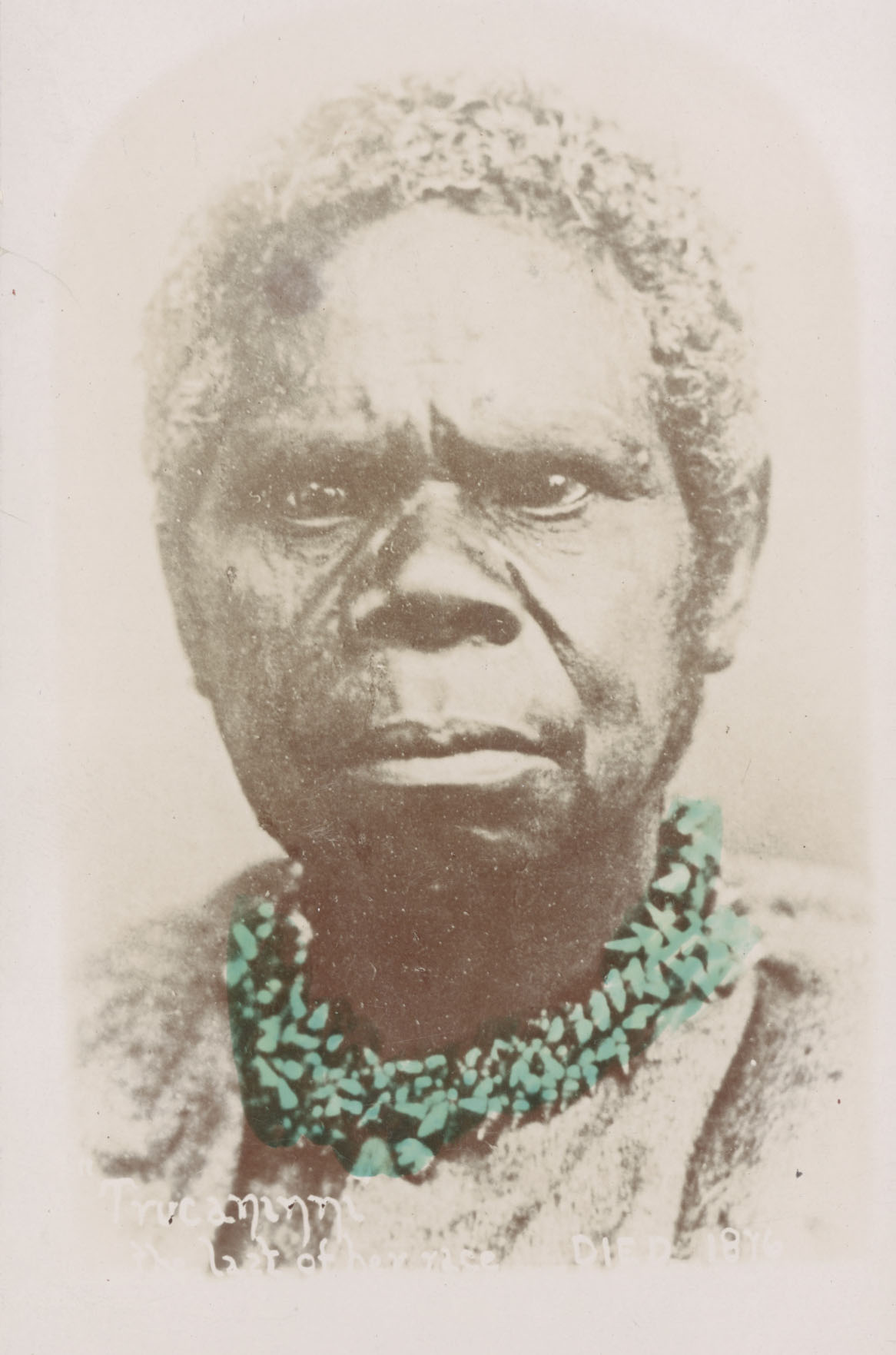
In 1803, 49 people were sent to set up a British settlement on the Derwent River in Van Diemen’s Land. This settlement grew and later became Hobart.
Soon convicts were transported to Van Diemen’s Land. Most came straight from Britain, but some were sent from New South Wales for committing a crime there. The penal settlement set up at Port Arthur operated between 1833 and 1853.
When the British stopped transporting convicts to Van Diemen’s Land in 1853, the island’s name was changed to Tasmania.
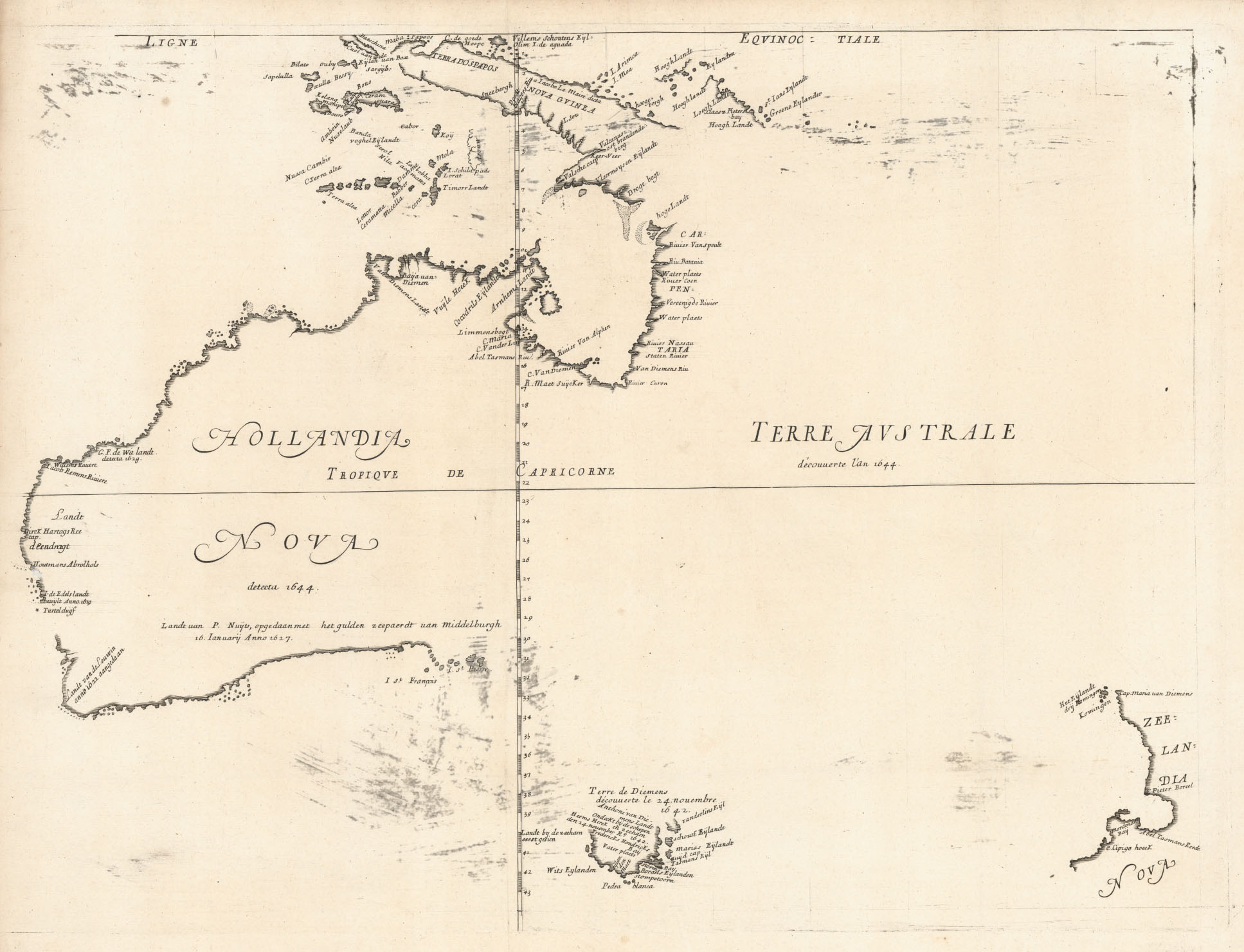
How did colonisation affect Aboriginal peoples in Tasmania?
Some of the worst clashes between white colonists and Aboriginal peoples happened in Tasmania. In 1830 thousands of white colonists formed a ‘Black Line’; a human chain that crossed the settled districts of Tasmania. This line of people moved south over many weeks and tried to frighten, capture and relocate the remaining Aboriginal people.
The ‘Black Line’ did not successfully achieve its goal right away but the campaign did frighten many Aboriginal people, who later surrendered to the colonists. Around 200 Aboriginal Tasmanians were removed to Flinders Island in Bass Strait, where many died from the extremely poor living conditions.
Because of this resettlement, many white colonists believed that Aboriginal peoples in Tasmania had died out. But Aboriginal culture survived through the children of Aboriginal women and white sealers who lived on the Furneaux Group islands.
Research task
Research Truganini and write a short summary of her life and achievements. Include information about when and where she was born, her family, how colonisation affected her, the challenges she faced, and what she achieved in her lifetime.
Read a longer version of this Defining Moment on the National Museum of Australia’s website.
 What did you learn?
What did you learn?
1. How were Aboriginal peoples able to travel between what we now call Victoria and Tasmania?
2. Why were convicts sent to Van Diemen’s Land?
3. What was the impact of colonisation on Tasmania’s Aboriginal people?






